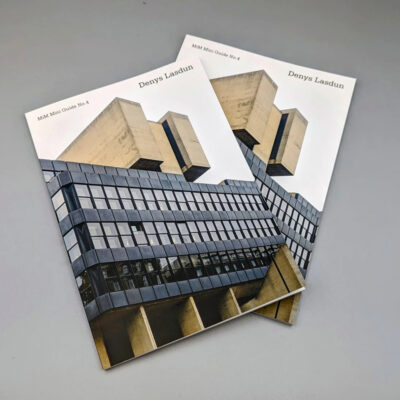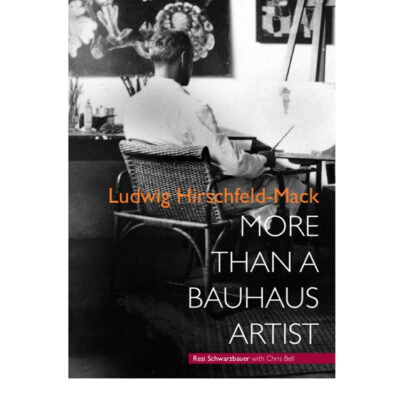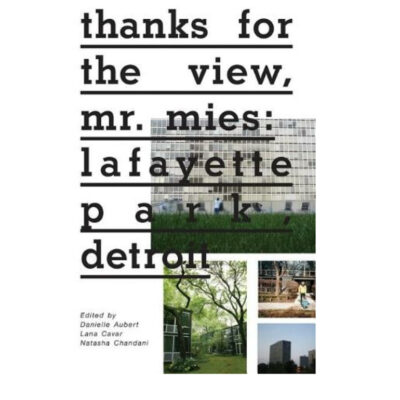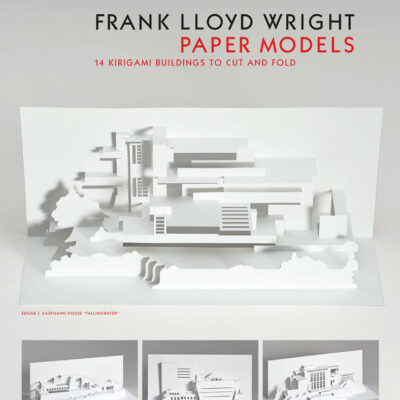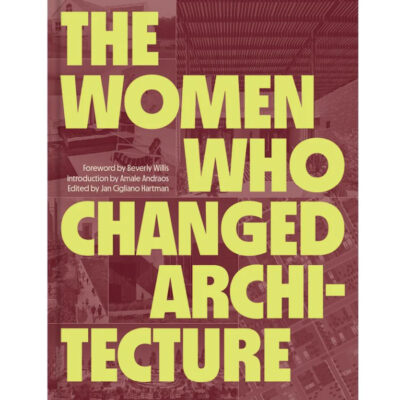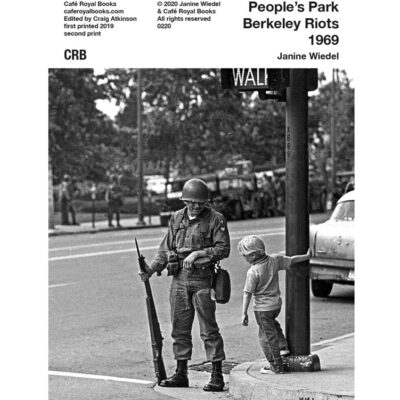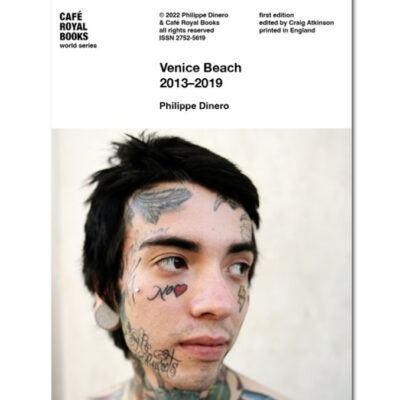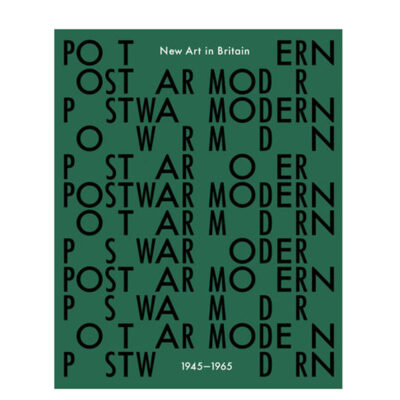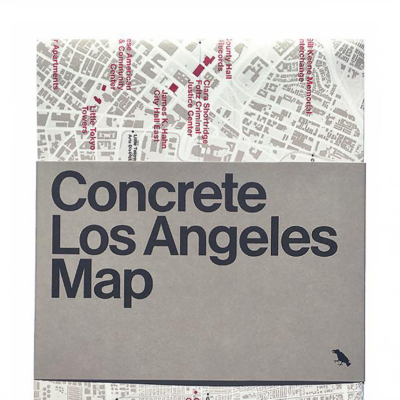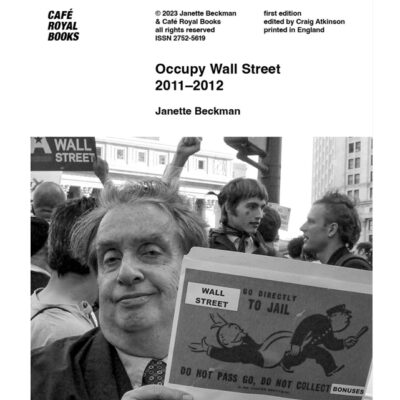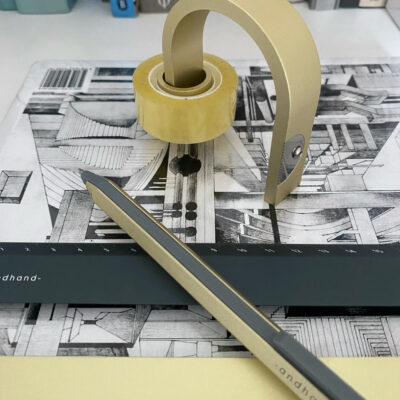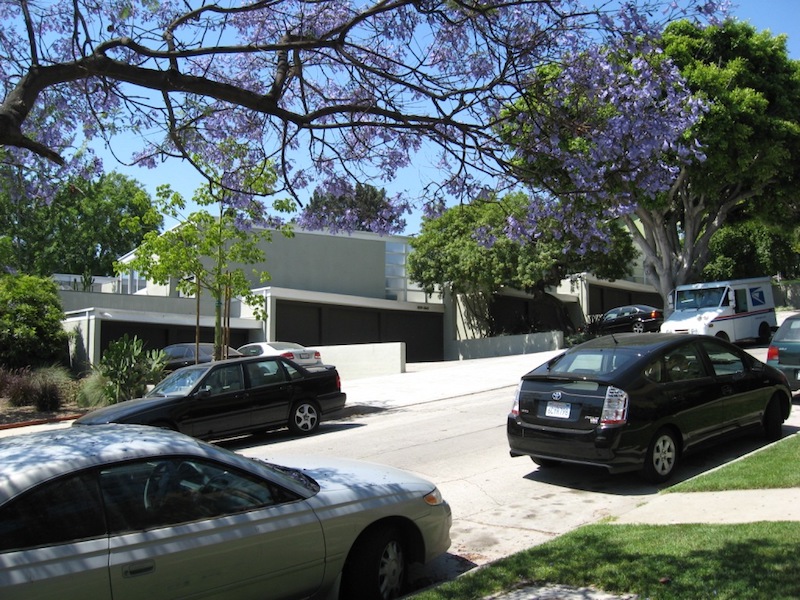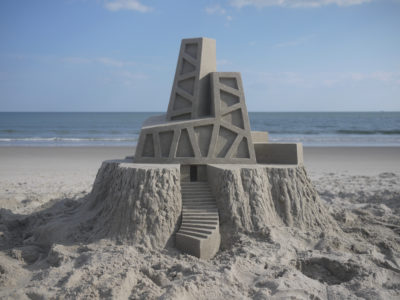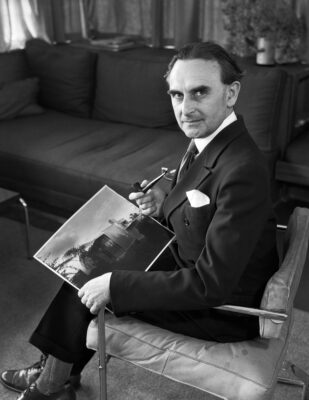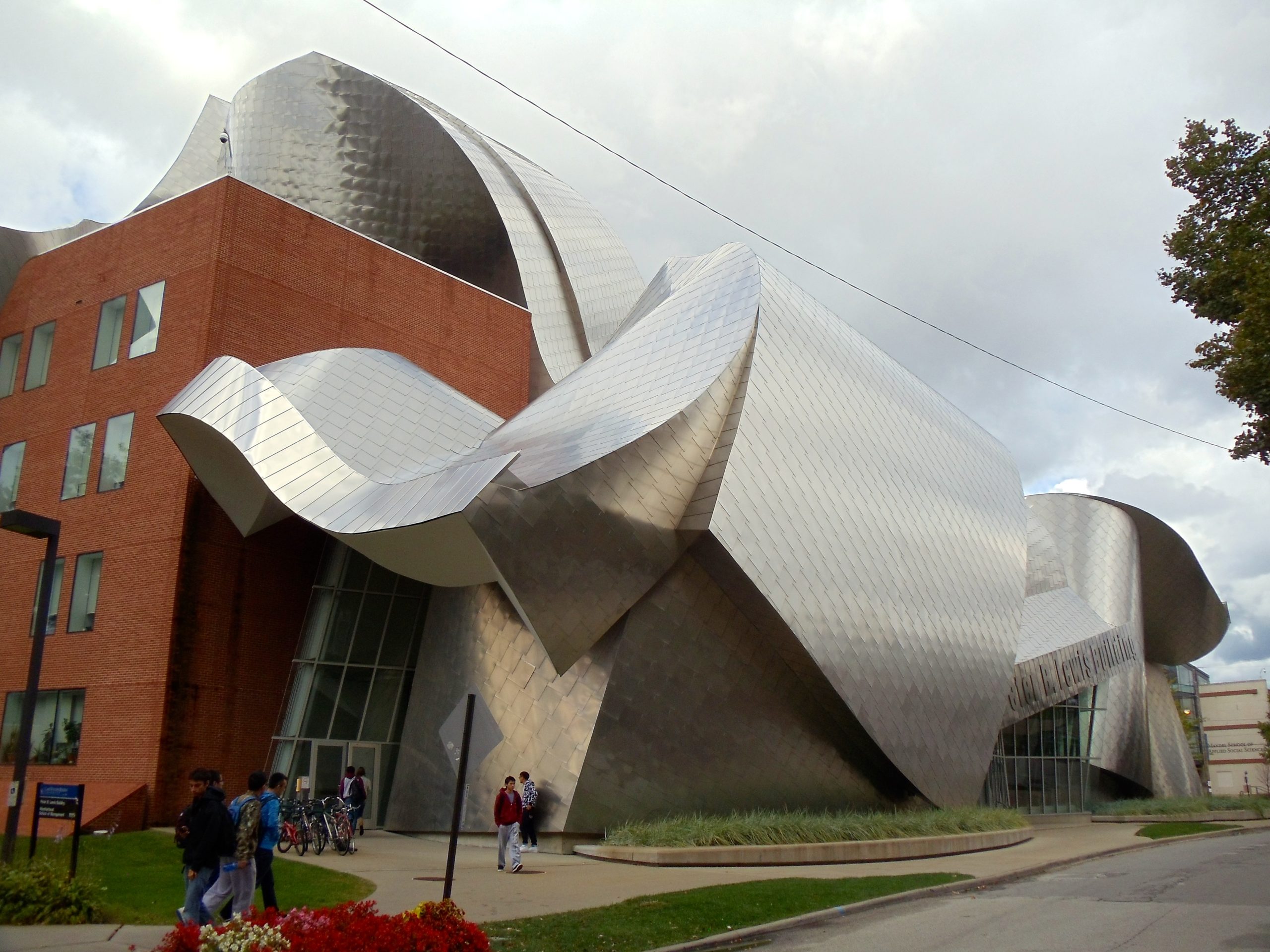
Frank Gehry
Frank Gehry, born Frank Owen Goldberg in 1929 in Toronto is considered one of the most important current contemporary architects.
The man we know now, likely evolved in the 1930s in Toronto, playing on the floor with his grandmother, Leah Caplan.
According to Paul Goldenberger’s biography of Gehry, Building Art: The Life and Work of Frank Gehry, young Frank and Leah would play with scraps of wood scavenged from Gehry’s grandfather’s hardware store or bought from a local lumber shop. Leah would tip a bag of misshapen wood pieces onto the floor, and together they would create what for all the world sounds like small Gehry buildings – a real Gehry world cooked up on a kitchen floor.
“There were round pieces that looked like bridges and freeways before (there were) freeways,” Frank would recall many years later. “And I loved it. She would play with me on an equal level like an adult.”
A traditional Jewish family who one generation earlier had fled racism in Lodz, Poland for a new life, they brought elements of Eastern European Jewish culture with them on their journey to Canada with pit stops in Hells Kitchen New York and Cleveland. Carp bought from the local fishmonger were kept alive in the family bathtub, curiously disappearing on a Friday, which mysteriously coincided with gefilte fish served on Friday night. Gehry did not make the connection between the two actions for years, and when he did, it stayed with him. He has frequently spoken about the effect of the disappearing fish and how he took this to heart and on into his designs with fish like curves and motifs.
Frank always had a curious mind and was considered in family circles to be artistically gifted. In 1945, he attended a lecture which led to a pivotal moment of awareness, throwing a spotlight on the direction Frank wished to take. In conversation, in 2008 with Jonathan Glancy for the Guardian, he recalled “When I was 16, I went to a lecture – a big cultural experience for me – at the Art Gallery of Toronto. This fine, white-haired gentleman showed photos of wonderful bent plywood chairs, all curves and nothing like I’d ever seen. I hadn’t a clue who he was or what he was saying. I did later. It was Alvar Aalto – for me, along with Erich Mendelsohn and Le Corbusier, the greatest of all modern architects.” Perhaps this was the moment when Gehry unconsciously realised that he wanted to study architecture.
The following year Frank’s father became ill which impacted severely on the family fortunes, the family moved to California to improve their situation. Money was extremely tight, and life was hard. 18-year old Frank drove a truck by day while studying at the free night school at Los Angeles City College, where he once again was exposed to art and architecture. He joined a ceramics course at USC and was introduced through this circle to an architect, likely the first he ever met in person. He mentioned in Nicolai Ouroussoff 1998 Los Angeles Times article “When you’re a kid, you’re looking for role models,” Gehry says. “Here was a guy in a black suit, a black beret, telling contractors what to do and railing against Frank Lloyd Wright. And I fell in love with the whole idea of it.”
The idea came to fruition and Frank completed his studies at USC School of Architecture. He also became an American citizen.
After graduation, he worked for several years in a wide range of jobs, pragmatically the family needed a steady income. Gehry nevertheless was always destined to return to architecture.
In 1956 he was awarded a place to study City Planning at the Harvard Graduate School of Design however he didn’t complete his studies, a disillusioned Gehry returned to Los Angeles to work for Victor Gruen Associates with whom he had been an apprentice while at USC. A year later he received his first private commission, to build a mountain retreat which was named The David Cabin.
Things were starting to come together for him, and he made arguably a very bold decision given that his career despite ups and downs, was on an upward trajectory. In 1961 Gehry relocated to Paris to work for Andre Remondet, his French education in Canada proved very useful. He returned to the US a year later to open his practice.
As well as taking on commissions, a pivotal moment came in 1978 when Gehry renovated his family home in Santa Monica, anyone understanding his childhood design experiments might suggest that this reflects in its bold deconstructed design. The house was and continues to be an excellent source for discussion not least because of the length of time Gehry lived in the house. He mentioned in a New York Times article in 2005, “I was emotionally trapped because it was this icon,”
By the 1980s Gehry was getting into full-flow, in 1989 he was awarded the Pritzker Architecture Prize, international commissions and opportunities came up with much more frequency. It was also the year Gehry completed his first European commission, the Vitra International Furniture Manufacturing Facility and Design Museum in Germany.
The opening of the Guggenheim Museum in Bilbao in 1997 brought Gehry to worldwide attention amongst architecture lovers and the general public. It was a gamechanger altering the perception of Bilbao as an art lovers destination. The design was so extraordinary and refreshing that architect, Philip Johnson declared it “the greatest building of our time.”
Many commissions followed, taking the Walt Disney Concert Hall as an example, not only did this change the local landscape it also rejuvenated the Downtown area of Los Angeles.
More commissions and successes followed including the Louis Vuitton Foundation in Paris, the Walt Disney Concert Hall in Los Angeles, the Dancing House in Prague, Czech Republic, the Museum of Pop Culture, Seattle and the Cinémathèque Française in Paris.
His current projects include the Grand Avenue Project in Los Angeles, Parc Des Artelier LUMA Arles, the Philidelphia Museum of Art, the Eisenhower Memorial in Washington and development on the site of Hollywood’s legendary Garden of Allah.
The 670-foot-long Extreme Model Railroad and Contemporary Architecture Museum in North Adams Massachusets sounds the most intriguing, 100 miniature trains and two high-speed lines running past models of famous buildings from the last 150 years, recreated at 1:48 scale. 2021 could be an exciting year for North Adams.
Some projects have been delayed the Dwight D Eisenhower, for example, has been stuck for years in planning and will finally be realised in 2020.
Gehry’s style sometimes defies description but has been described as Los Angeles School of architecture, perhaps in the future, we will come to call his style simply ‘Gehry.’
On the family home front, Frank’s dreams of building a family home in Venice California continue. In 2011 he bought a home on Adelaide Street, with a view to developing it. The slightly obsessed local press comment bi-annually on it’s progress. Meanwhile Gehry continues to build brilliant buildings across the globe.
Frank Gehry dreams and creates we watch and appreciate in awe.
Image of Weatherhead School of Management, Case Western Reserve University, Cleveland, Ohio Photographer Harmanani CC BY SA 3.0




